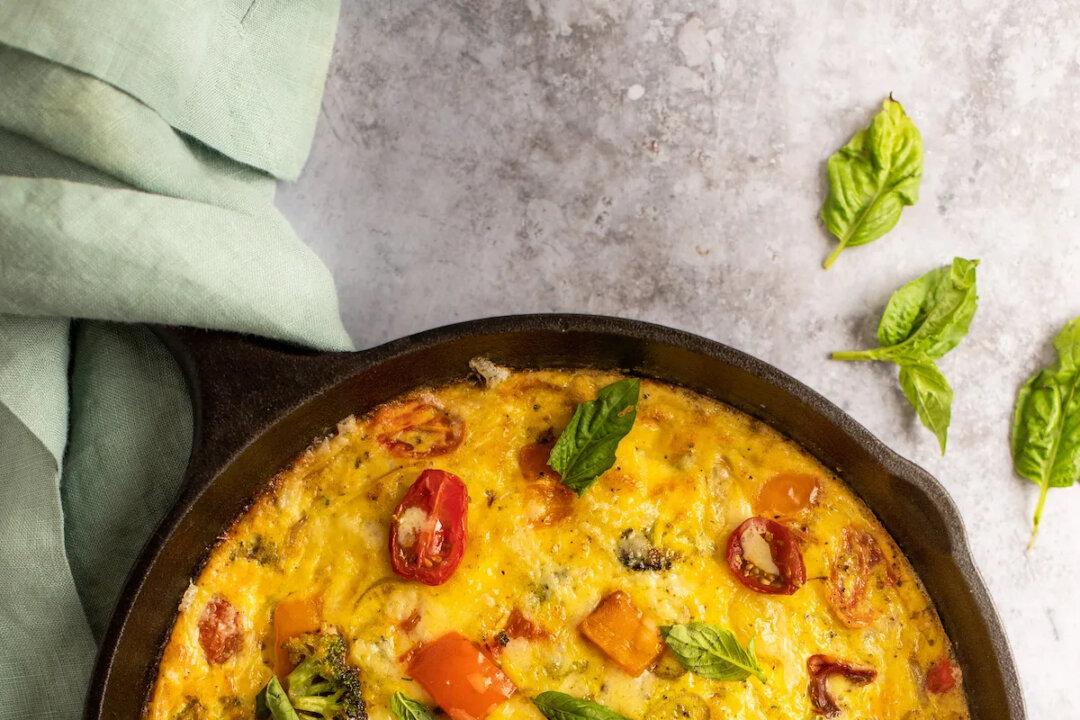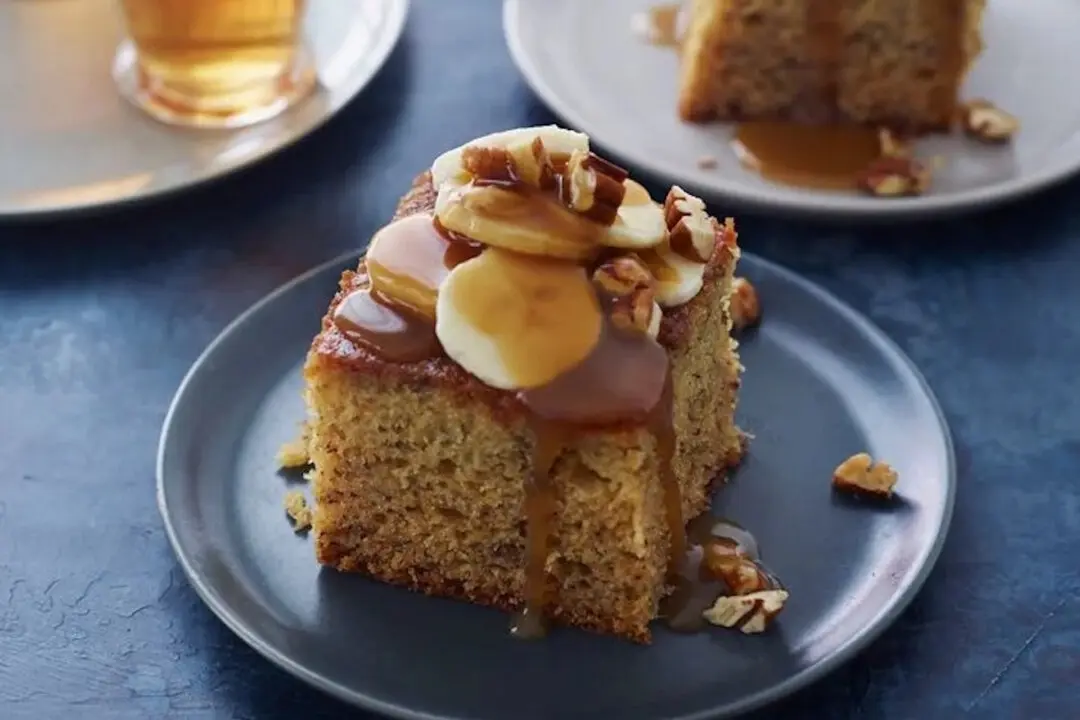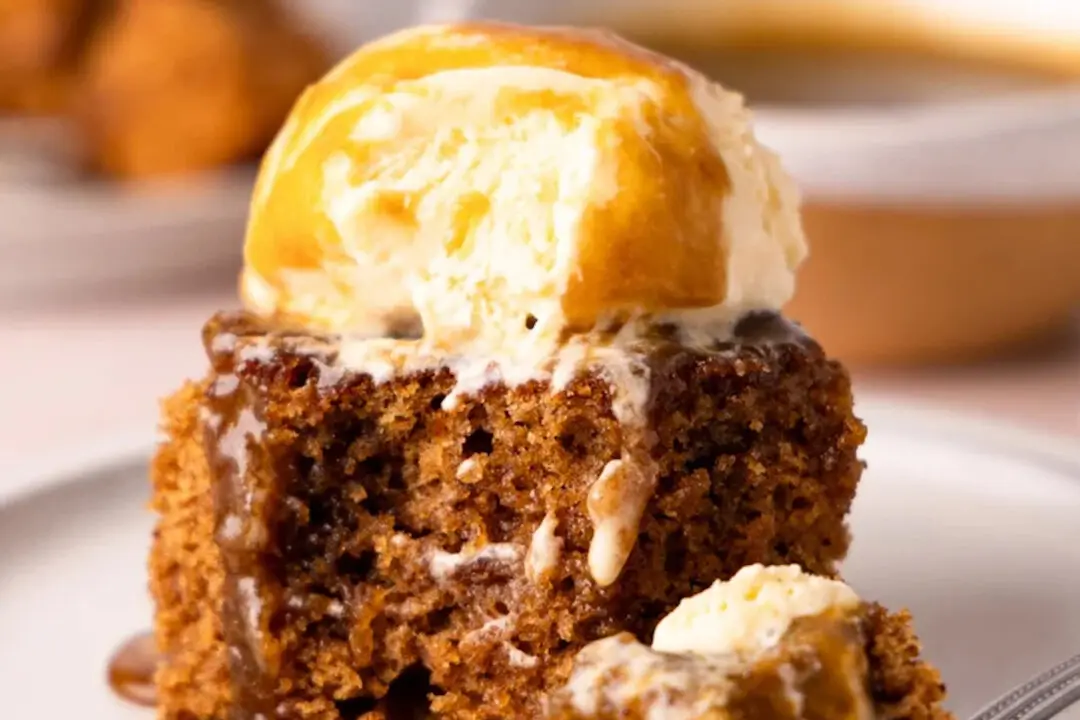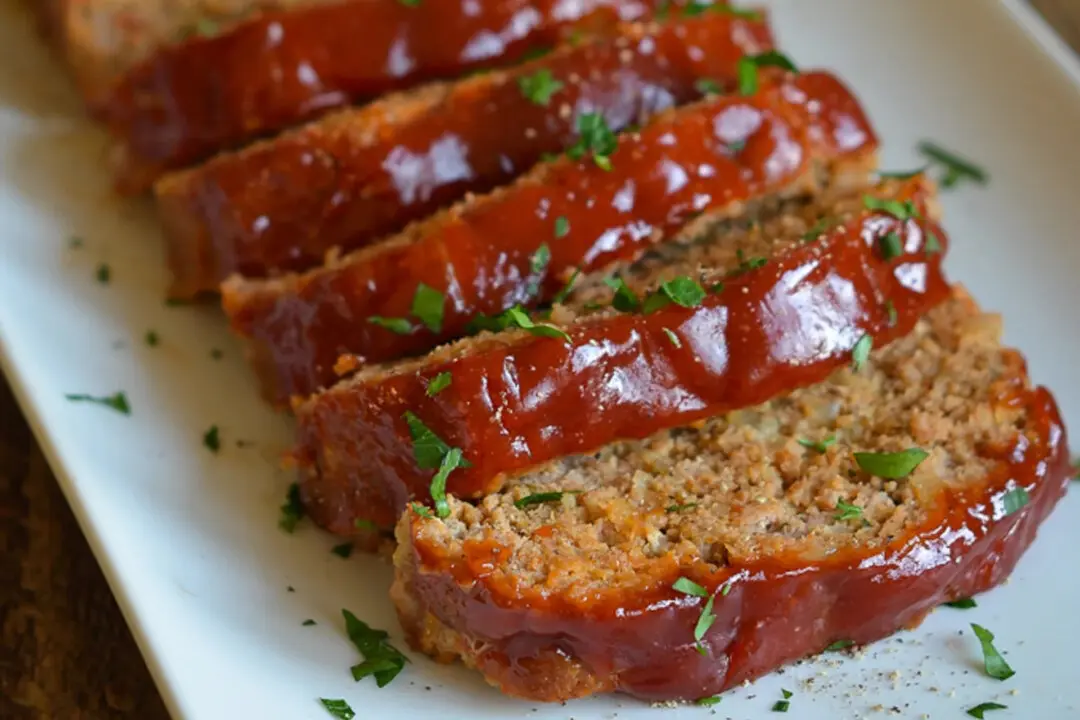I think of frittatas as the lazy cook’s omelet, perfect for those nights when eggs and a few odds and ends are all you’ve got in the fridge. They’re so simple to whip up without the precise technique that omelets require. (By the way, did you know many chefs use omelet-making as a test for potential kitchen hires?)
But just because they’re easy doesn’t mean you’re skimping on flavor. Like their omelet cousins, frittatas offer endless possibilities for fillings, making them ideal for using up those leftover veggies, meats, herbs, or cheese that you’re not sure what to do with. They can be served for brunch, lunch, or a light dinner, and you can even prepare them in advance. Plus, they’re delicious both warm and at room temperature, so extra slices make a great grab-and-go lunch or a no-fuss picnic option.





